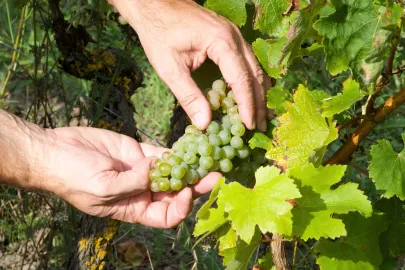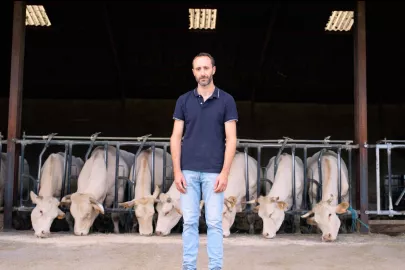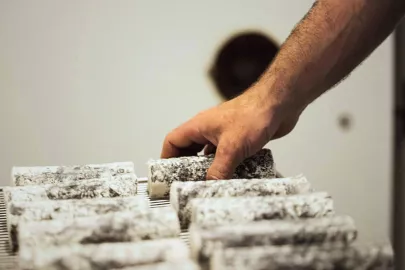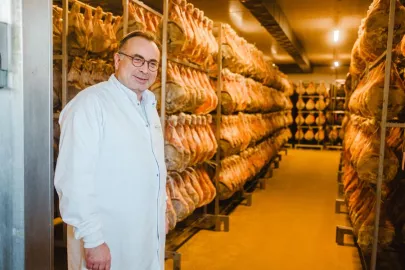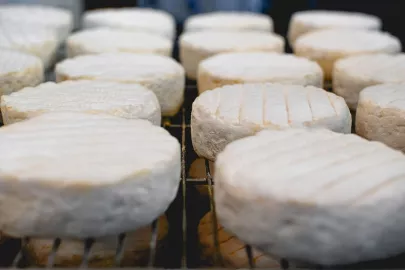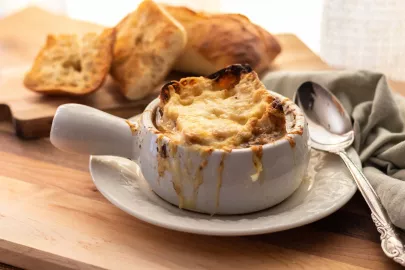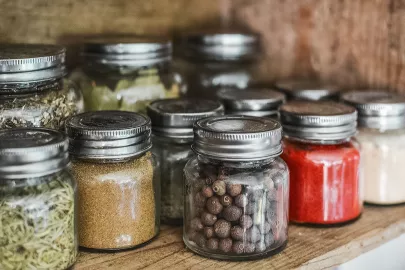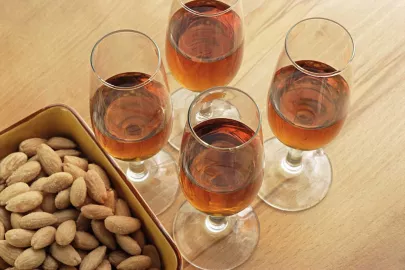Brittany’s market gardening zones are renowned for producing an incredible variety of vegetables. And the cauliflower shares top billing! We meet Sébastien Gézéquel, a disciplined and gourmet grower of cauliflowers on the outskirts of Saint Malo.
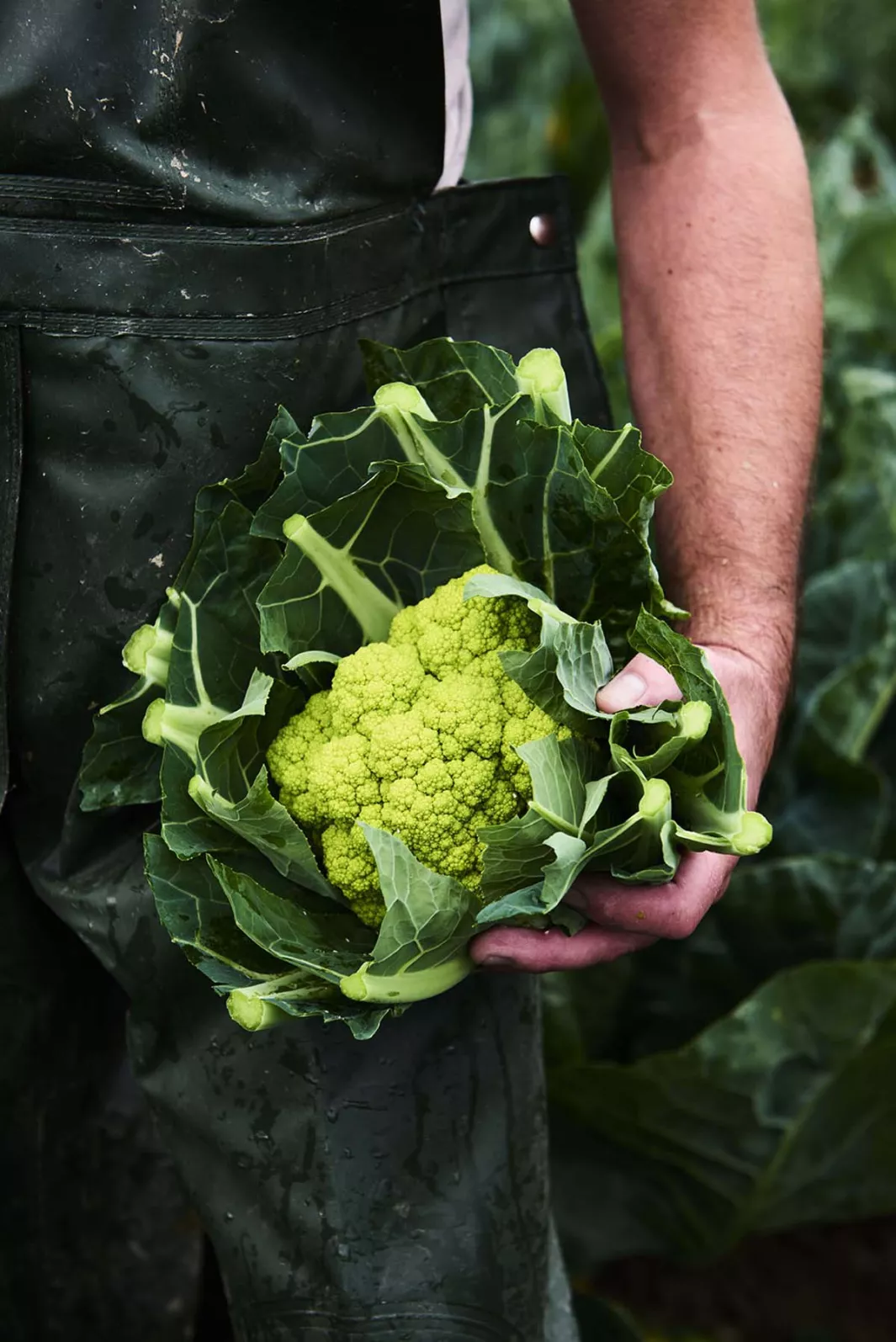

© Louis-Laurent Grandadam
Brittany and seafood go together like oysters and champagne, with fish and shellfish making up the lion’s share of production in Brittany. But local produce is not confined to the sea, by any stretch of the imagination. The region’s soils and microclimates are ideal for vegetable growing, especially some stretches of coastline along the Channel seaboard. This is particularly true of Paimpol and Saint-Pol-de-Léon, for example, in western Brittany, at the heart of the Ceinture dorée or “Golden Belt”, so called because of its potential for producing delicious vegetables.Local favorites - broccoli, artichokes, potatoes, onions, carrots and cabbages in every shape and size - are produced under the watchful eye of Prince de Bretagne, a group of five cooperatives, the smallest of which, Terre de Saint-Malo, is just kilometers from the city of the same name.

© Louis-Laurent Grandadam
Clean Agriculture
In Gouesnière, Sébastien Gézéquel followed in the footsteps of his father and grandfather when he took over the family farm. Working in line with the French government’s Haute Valeur Environnementale (HVE), or High Environmental Value, certification scheme, he has almost entirely replaced weed killer by hoeing. His specialty is cabbages, including cauliflowers, of which he grows some forty different varieties!
Rather than soilless cauliflowers, his produce is soil-grown in the wind, sun and rain of Brittany’s invigorating climate. Sébastien buys his seeds, has them sown cooperatively, and then retrieves his “mini” cabbages before transferring the seed trays to a greenhouse for thirty days to germinate before being planted in the open ground. “The more time the cauliflower spends there, the better the taste,”, explains Sébastien. Cauliflowers stay in the open ground from June 15 to early August, and are harvested using cabbage cutters from September to April, depending on factors such as early or late maturity and variety.

© Louis-Laurent Grandadam
From Farm To Cooperative
Once they have been cut and sorted to remove “individual” cauliflowers that do not measure up to quality standards, they are transported directly to the Terre de Saint-Malo packaging center. Its manager Jean-Yves Pétillon tells us what happens next: “After they are entered into the accounting system they are transferred to the sorting area to check they comply with specifications”. Cauliflowers with the whitest curds and deep green, undamaged foliage are classed as Category 1 and packed into crates. The less perfect cauliflowers are stamped Category 2. Stored on pallets in refrigeration rooms, cauliflowers are purchased by wholesalers who sell them on to markets in France and abroad. Sébastien probably keeps one or two for himself, because he’s not just a keen grower of cauliflowers — he also loves to cook and eat them. No doubt in a creamy soup or, easier still, roasted in the oven, added to soufflés or pickled in jars!

© Louis-Laurent Grandadam
Contributor

Editor


